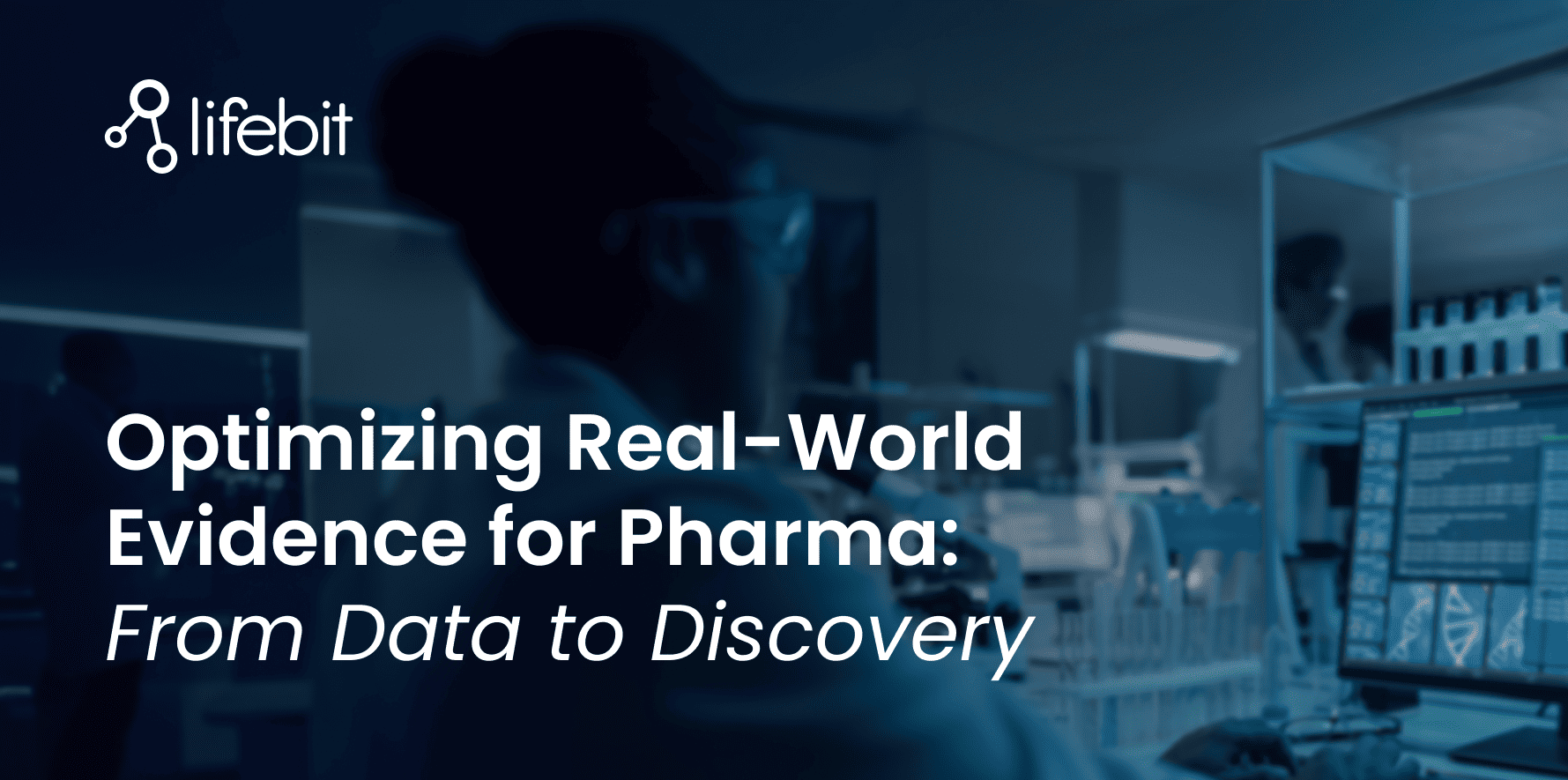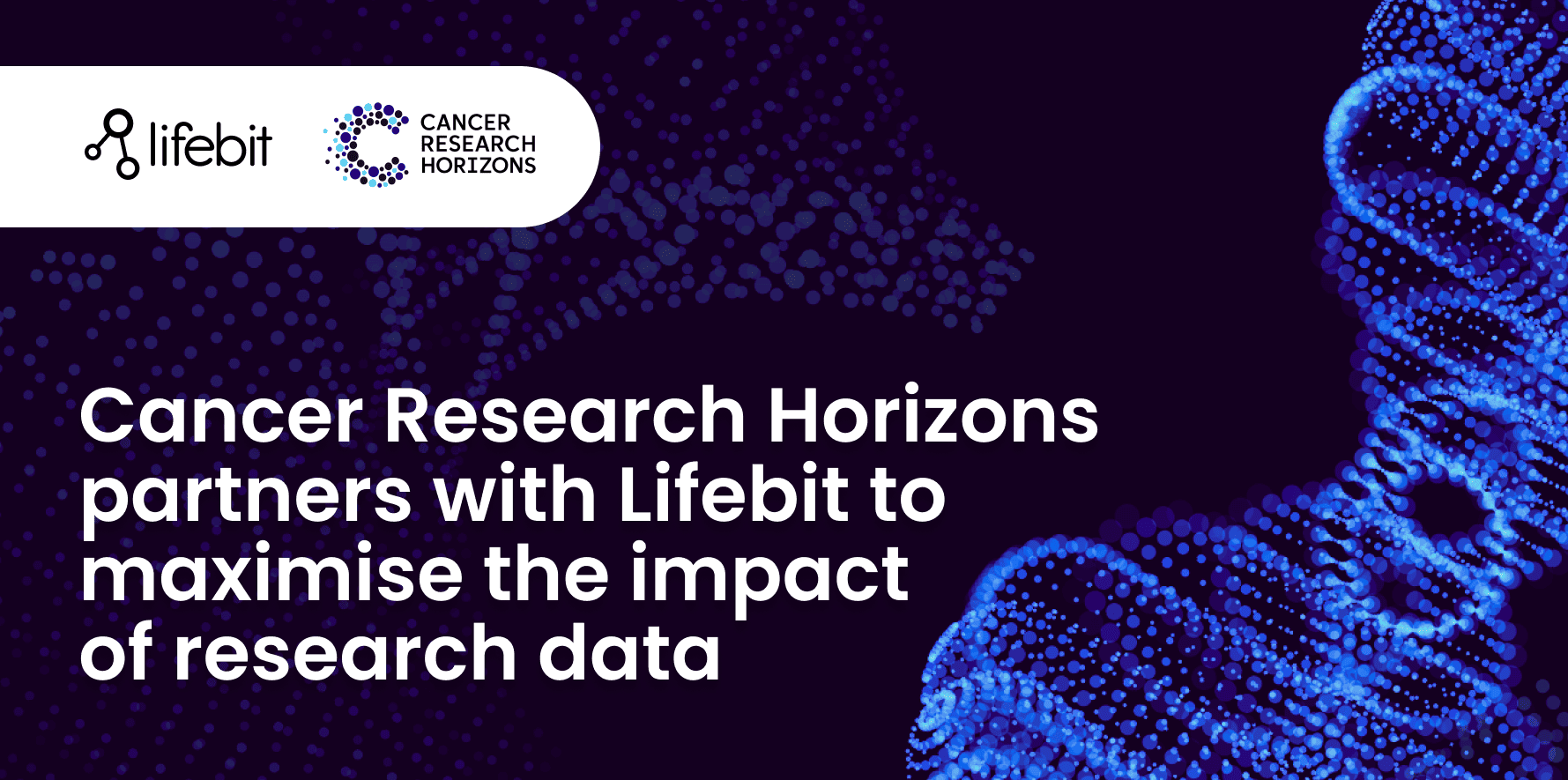

8 Advantages of Using a Trusted Research Environment in Healthcare Research & Data Management
Hannah Gaimster, PhD
A trusted research environment (TRE) is a secure and controlled computing environment. Also known as “Data Safe Havens” or “Secure Data Environments”, TREs allow approved researchers from authorised organisations a safe way to access, store, and analyse sensitive data remotely.
Many public sector organisations, government bodies and healthcare providers, such as the NHS in the UK, employ TREs to ensure the privacy and security of the individuals whose health data is being accessed is maintained, whilst giving appropriate researchers secure access.
Genomic data and other types of health-related data are of high value in research, yet the scale and sensitivity of this data bring unique challenges for secure data access. Utilising a TRE can solve many issues surrounding secure data access and provide advantages for both researchers and patients, compared to traditional methods where data is copied and moved. By using a TRE in health data research and management, organisations can:
-
Improve Collaboration Between Organisations: TREs enable data access in a secure and controlled environment, thereby enabling collaboration between researchers across different institutions or even countries. With increased access to a wider range of data, researchers can gain new insights and perspectives on the issues they are studying.
-
Facilitate population-scale studies: Population-scale data is critical to understanding the drivers of disease and identifying patterns and trends in health and illness. In such studies, TREs can be used to store and process large amounts of patient data, making it possible to conduct research on a much larger scale than would be possible with traditional methods. In genomics research for example, studying larger sample datasets can lead to increased insights, as shown in numerous genetic association studies. For example, the first schizophrenia-associated variant was identified using a cohort of 3000 individuals, however, a cohort 10x larger uncovered over 100x the variants.
-
Enable better clinical trial management: In clinical trials, researchers have to collect, store, and share large amounts of sensitive data from trial participants in order to study and develop new diagnostics, treatments and care pathways. With the use of TREs, the process is streamlined, making it easier for researchers to access, analyse and share data in a controlled and secure environment. This can lead to more accurate, reliable and efficient clinical trials.
-
Contribute to improved patient outcomes: Better research and more accurate data can enable healthcare professionals to make more informed decisions and provide better patient care. Using a TRE, researchers can uncover new insights into the causes of diseases and develop more effective treatments. This can lead to improved patient outcomes and a better overall quality of care. A recent example of the use of a TRE is a study on the impact and effects of the COVID-19 pandemic on cardiovascular diseases, led by the British Heart Foundation Data Science Centre at HDR UK. This was the first time data from a cohort of over 54 million people in England was made available for research to support diagnosis, management and patient outcomes.
-
Improve data security: One of the most significant advantages of using a TRE for health data access is the ability to securely store and access sensitive patient information. A TRE allows approved researchers to securely conduct their work while keeping patient data safe from unauthorised access and potential security breaches. This is particularly important when working with sensitive information, such as genomic data, which can be used to identify individuals. As outlined in the UK Health Data Research Alliance’s paper Principles and Best Practices for Trusted Research Environments, TREs should be structured around the “Five Safes” framework governing access of health data – safe people, safe projects, safe settings, safe data, safe outputs - to maximise safety and security of data. learn more about the 5 safes framework
-
Ensure full compliance with regulations: The healthcare industry is heavily regulated, and researchers must comply with several laws and guidelines to ensure patient data is handled properly. A TRE can help researchers meet these requirements by providing the necessary controls and oversight to ensure compliance with regulations such as HIPAA and GDPR and security standards like ISO 27001. TREs support the highest level of data governance by removing the need to physically share data among researchers and organisations.
-
Create a cost-effective way to provide secure data access: A TRE can be more cost-effective than traditional methods for storing and analysing data. By consolidating data storage and analysis in a single environment, researchers can reduce the costs of maintaining multiple systems and performing data migrations. Additionally, a TRE can help researchers to avoid costly data breaches and non-compliance penalties.
-
Be more sustainable: In traditional methods of data sharing, data is copied and moved, which requires significant consumption of resources. Using a TRE minimises data duplication and eliminates transfers of files, reducing resource consumption.
In conclusion, using a TRE for secure data access provides numerous benefits for the healthcare industry, including improved data security, easier collaboration, better clinical trial management, and increased cost-effectiveness, compared to traditional methods of data access.
By providing a secure and controlled environment for data storage and analysis, a TRE can help researchers make new discoveries, and drive advancements in the field of medicine to ultimately help improve patient outcomes.
As TREs continue to be implemented in organisations around the globe, recent policy work in the UK indicates a shift toward a system of accrediting TREs to a set of strict guidelines. Organisations should follow these developments closely to ensure their TREs are not only meeting strict security requirements and industry standards but are also interoperable with other TREs in the future.
At Lifebit, we develop secure TRE solutions for clients including Genomics England, NIHR Cambridge Biomedical Research Centre, Danish National Genome Centre and Boehringer Ingelheim to help researchers turn data into discoveries.
If we can help you, please feel free to get in touch:
Read The Complete Guide to Trusted Research Environments in 2023
To request a demo, click here: Request a Demo
To contact us, click here: hello@lifebit.ai
Featured news and events

2025-03-26 11:17:46

2025-03-14 15:45:18

2025-03-05 12:49:53

2025-02-27 10:00:00

2025-02-19 13:30:24

2025-02-11 08:39:49

2025-01-30 12:47:38

2025-01-28 08:00:00

2025-01-23 09:07:20

2025-01-08 13:58:41

.png)